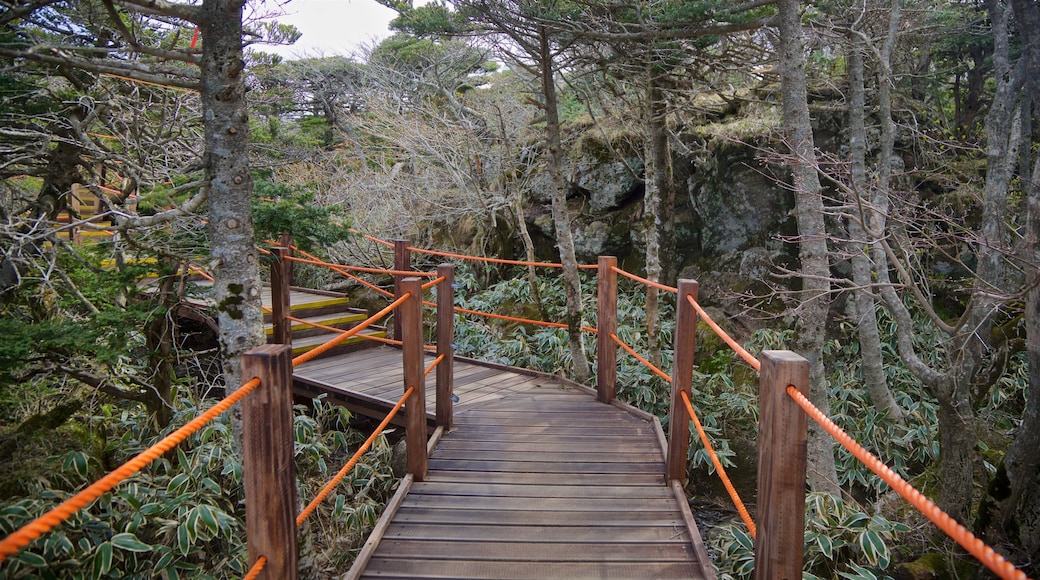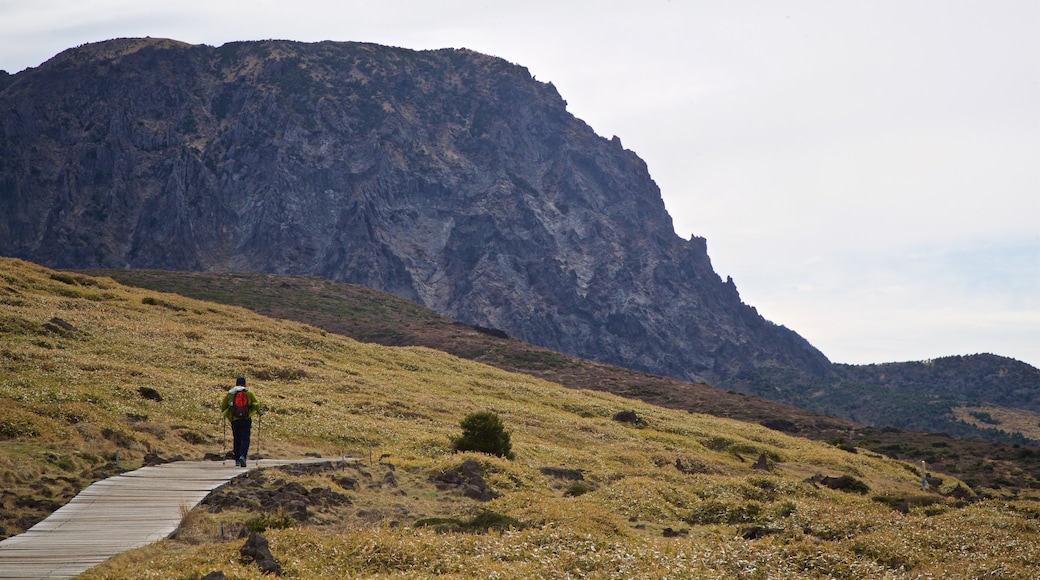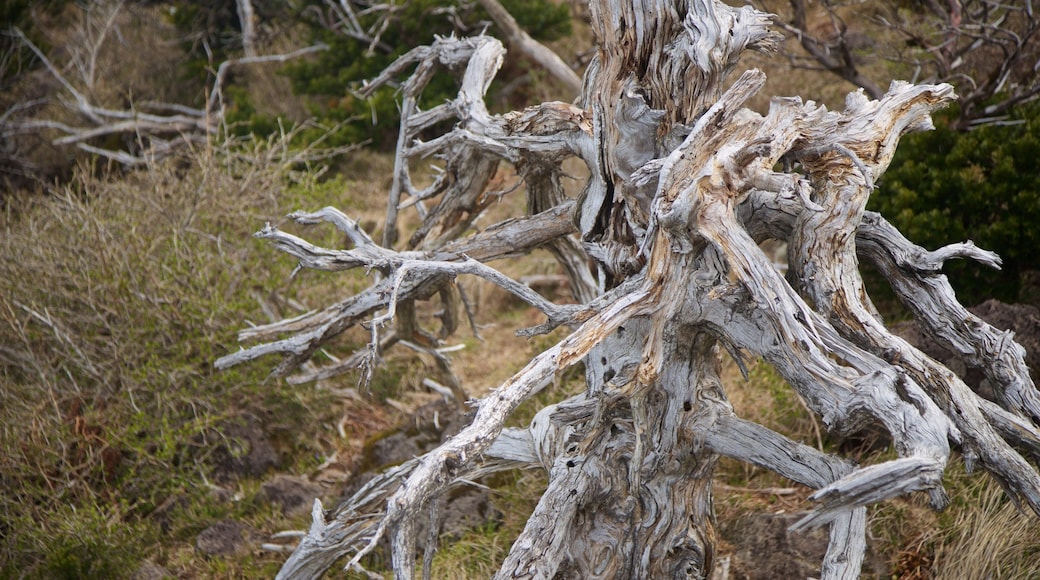Spend a day exploring the peaks of South Korea’s tallest mountain in Hallasan National Park. Admire panoramic views of the countryside of Jeju, see huge crater lakes and observe colorful flora. Inaugurated as South Korea’s ninth national park in 1970, Hallasan National Park has since been named a UNESCO Biosphere Reserve and World Heritage Site.
Hallasan Mountain, a 6,398-feet (1,950-meter) tall dormant shield volcano, rises up from the heart of the park. Its varying climate creates an ecosystem that features around 1,800 plant species and more than 3,000 varieties of animals, namely insects. Among the alternative names for the mountain is Yeongjusan, which means “mountain high enough to pull the galaxy.” Wizards are said to have lived here and gained immortality from magic plants.
Discover the park via one of the several marked trails, which vary in length from 0.8 miles (1.3 kilometers) to 6 miles (9.6 kilometers). The trails go through wooded mountainsides, over cinder cones and past waterfalls. Reach the summit along the 9-hour round-trip Seongpanak Trail to enjoy views of Baengnokdam Lake. Visit Gwaneumsa Temple, set in the northern foothills and thought to date back to the Tamna era.
Over 100 bird species inhabit the park in addition to Roe deer, amphibians and reptiles. It’s also the only place in the world where Korean firs grow. Springtime is notably picturesque, when azaleas bloom on the mountain slopes. A blanket of powdery snow covers the park during the winter months.
Entrances to the park are just a short drive from both Jeju City and Seogwipo. Public buses stop at the trailheads of the Eorimok, Seongpanak and Yeongsil trails. Parking is available for a fee at six car parks.
Hallasan National Park is open during daylight hours year round and admission is free. Signs in English provide information about distances and altitude increases along the trails. Wear suitable footwear and pack layers to combat extreme changes in temperature. There’s a visitor center at the start of the Eorimok Trail.










